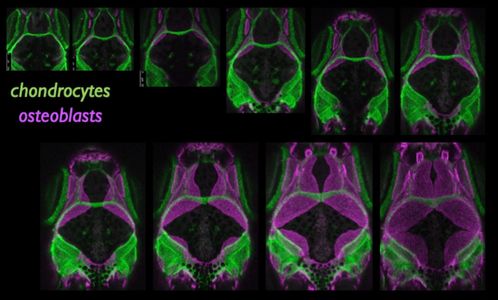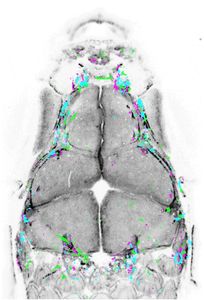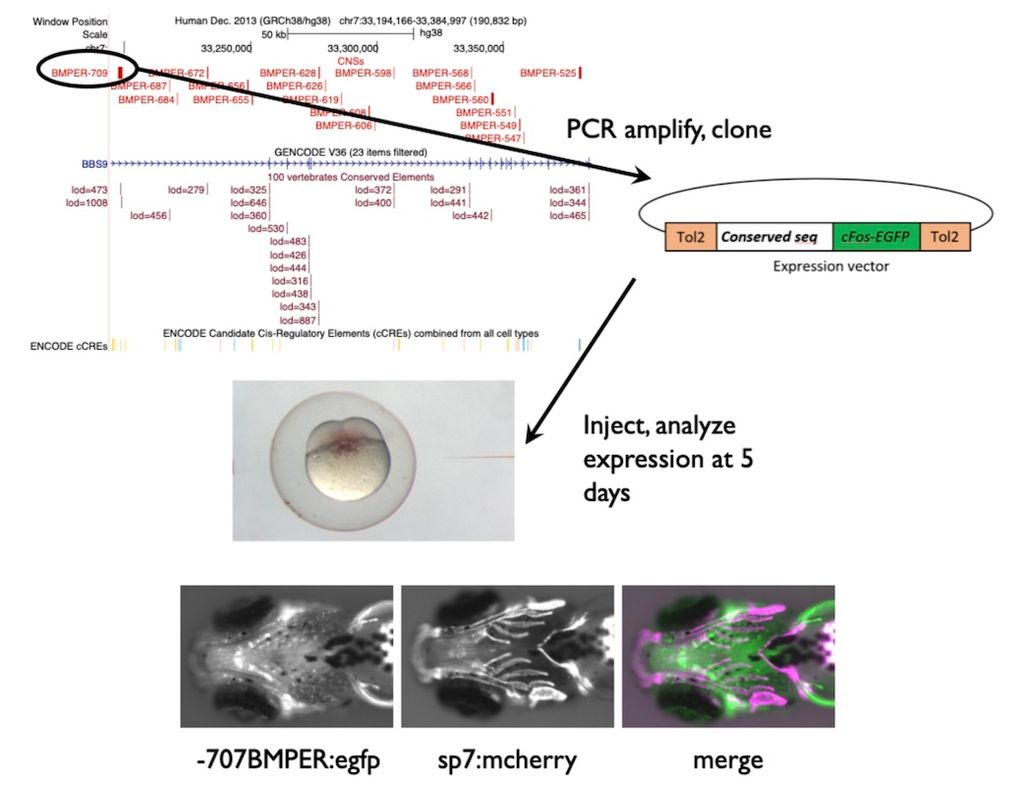The Fisher Lab
Research Interests
Craniofacial defects, affecting formation of the face and skull, affect 1/1000 children and are one of the most common categories of birth defects. Although sometimes these disorders are caused by single gene mutations, in most cases the risks are more complex, likely due to multiple genes and environmental factors, and the mechanisms poorly understood.
My lab uses the zebrafish as a model organism to study disorders of the skeletal system, with a particular focus on craniofacial development. We have developed genetic tools and imaging methods to study the skull, and are applying these to better understand the mechanisms of human craniofacial development and the genetic risks underlying craniofacial birth defects.
Current Research
Tools and methods to image skull development
We have developed methods to carry out serial confocal imaging of individual fish, to capture the dynamic events of skull formation. Using this approach, we have created publicly available datasets of bone, cartilage, and osteoclast distribution during skull development.


Genetic risk for craniofacial disorders
My group pioneered the use of zebrafish to analyze transcriptional and regulatory elements from the human genome, and have identified and studied dozens of enhancers associated with skeletal genes.
Using these and other powerful tools for genome editing, we are exploring the genetic risk for craniofacial disorders in humans, identified through genome–wide association studies or sequencing of patient cohorts. In particular, we are working to understand the mechanism of genetic risk associated with several genes in the BMP signaling pathway.


 Anita He (Ph.D. Candidate, Biomolecular Pharmacology)
Anita He (Ph.D. Candidate, Biomolecular Pharmacology)  Kelly Miao (Ph.D. Candidate, Biomolecular Pharmacology)
Kelly Miao (Ph.D. Candidate, Biomolecular Pharmacology)